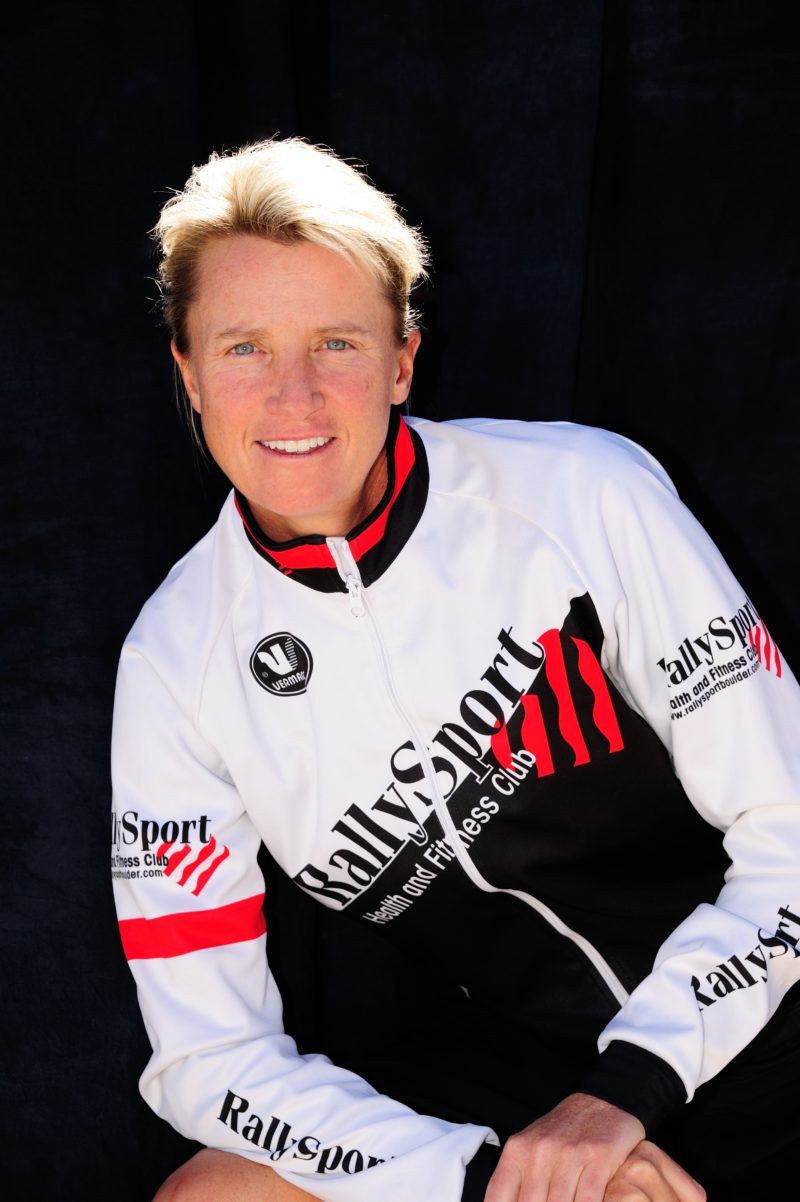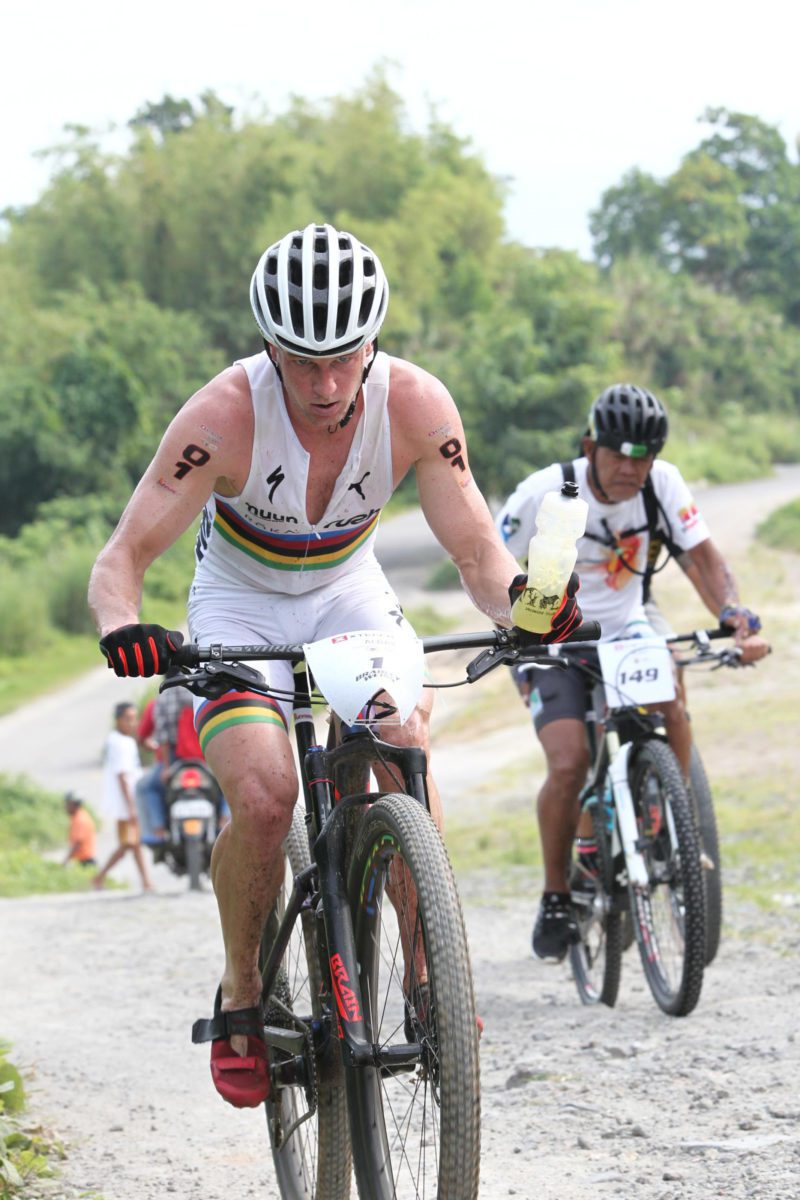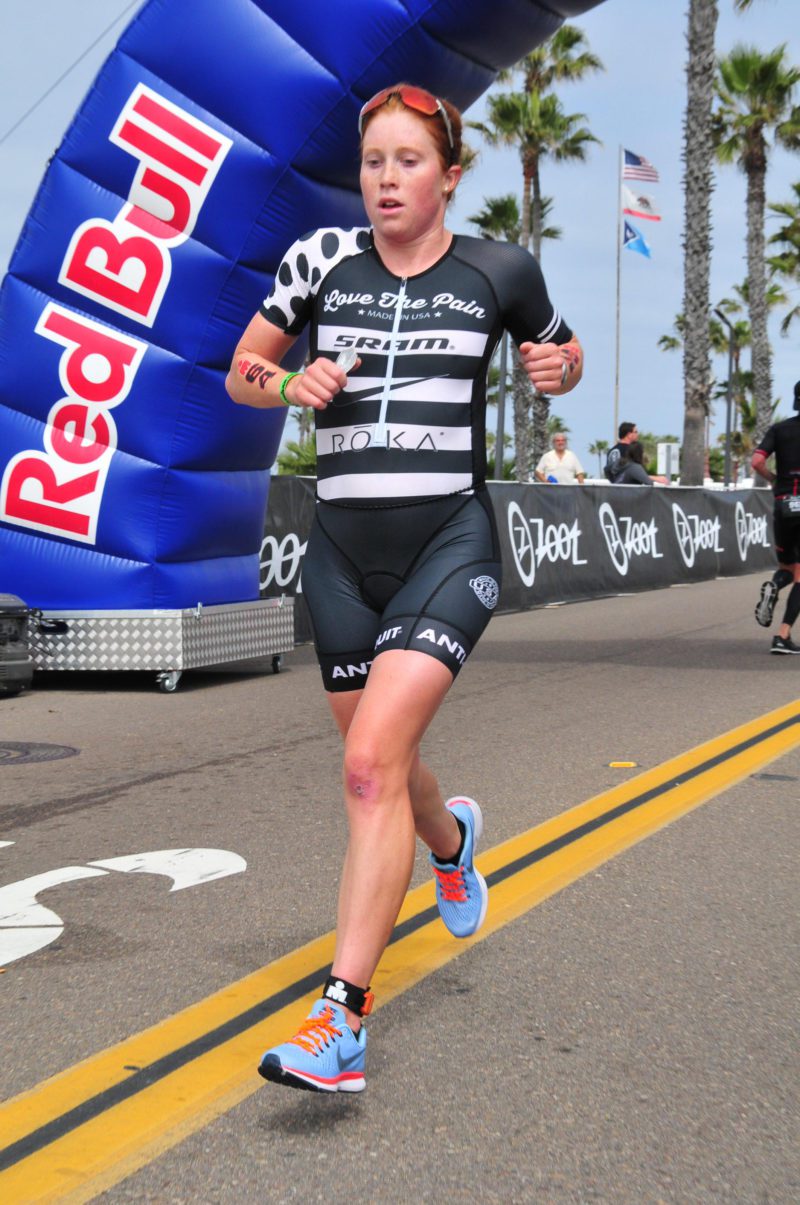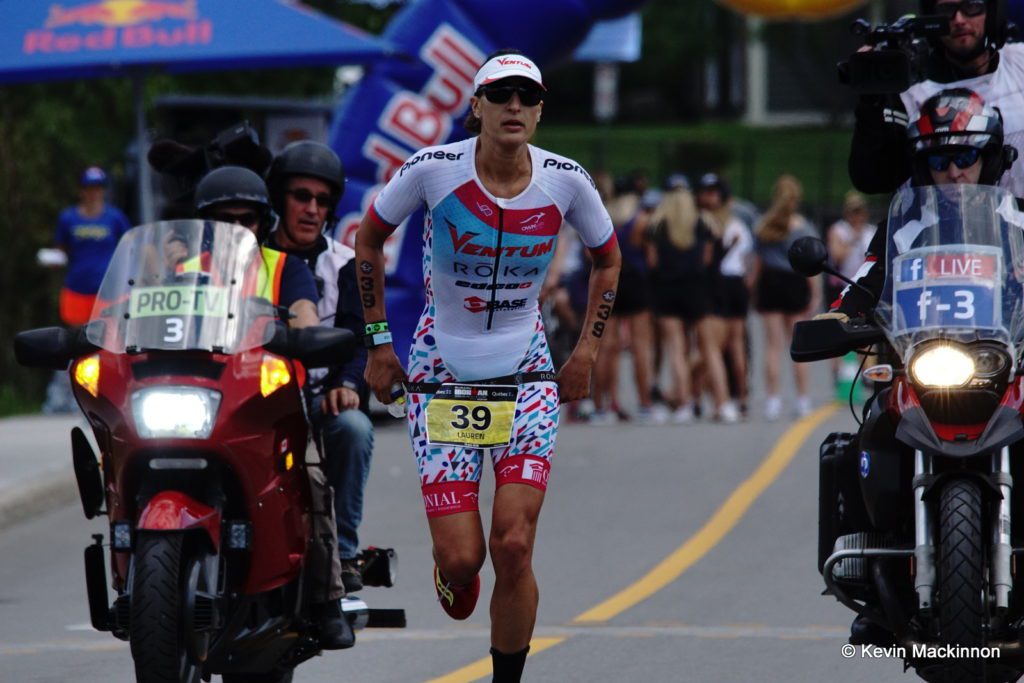Train like a pro: Interview with Erin Carson
A strength coach for names like Mirinda Carfrae, Tim O’Donnell and Flora Duffy, her passion for her work is dwarfed only by her belief that every triathlete should be doing a year-round strength program.

— by Emma-Kate Lidbury
Strength training is often the forgotten discipline when it comes to most triathletes’ training programs, but spend an hour in the gym with Erin Carson, and you’ll overlook it no more. Carson is the strength and conditioning coach for many superstar triathletes: Mirinda Carfrae, Tim O’Donnell and Flora Duffy are among her charges. Her passion for her work is dwarfed only by her belief that every triathlete should be strength training year-round.

The Canadian, who was born in North Vancouver and raised in Abbotsford, has been working in the fitness industry for more than three decades and knows all about what it takes to be the very best. She was part of the Canadian national basketball program from high school and part-way through college, only leaving her native land to accept a full basketball scholarship at the University of Colorado.
After a year playing professional basketball in Europe, she returned to the States to accept a coaching position and attend graduate school at Tulane University and the University of Nebraska. It was during her time at Nebraska that Carson began to develop an interest in becoming a performance specialist and strength coach, inspired in part by Boyd Epley, dubbed the godfather of collegiate strength and conditioning.
Related: The strength training you should be doing
“It was there [at Nebraska] that I realized how a well-organized and systematic approach to strength and conditioning could be a game changer in sport – any sport,” says Carson.
It is perhaps no coincidence, then, that with her basketball days behind her, and finding herself in Boulder, Colo., a global hotspot for triathletes, Carson then fell in love with triathlon. She began applying her knowledge to a sport that requires its athletes to be strong, robust and anti-fragile if they are to succeed and enjoy longevity in their careers.
The well-organized and systematic approach she witnessed Epley using on the football training grounds at Nebraska is now woven into the core of all of her programs with her athletes young and old, recreational and professional.
For the past 27 years, she has worked at RallySport, one of Boulder’s most popular health and fitness centres, and she has been managing partner of the ownership group since 2013. Her clientele ranges from Olympians and world champion triathletes through to retirees looking to stay fit and well.

“You don’t have to be in here very long to recognize that the folks who live here [Boulder] demand a lot from themselves on many levels, and they love to physically perform,” she says. Their goals can be wide-ranging – from being fit enough to ski with the family or to make money from endurance sports.”
Regardless of the goal or the athlete, Carson’s approach, beliefs and methodology remain the same. She says, “The body is a beautiful thing that ultimately wants to be healthy and balanced, but when the desire to become faster becomes part of the equation, these muscle imbalances can lead to compensation and then tissue overload.”
For this reason, Carson says when it comes to strength training, her core values begin with tissue care and muscle balance.
“There are somewhat predictable patterns that arise in endurance sports due to repetitive motion,” she says. “In short, it doesn’t surprise me when I find mobility in areas that should be stable and stability in areas that should be mobile. The foundation for any effective program will include strategies to keep the athlete training as well as possible and stay injury free. This concept is sometimes hard for endurance athletes, as we lean toward ‘if some is good, then more must be better.’”
She believes that it is important for triathletes who want to get better at their sport to include strength training in the program year round.
Related: Incorporating strength training into your routine
“There are so many things to consider when choosing the best method to approach an annual training plan,” she says. “In some circumstances, I actually recommend less gym work for athletes. Some athletes just don’t need as much as others. But finding those benchmarks to self-assess can be difficult, which is why having a conversation with someone like me, or someone on my team, is a good idea.”
While the temptation to skip gym work in favour of more time swimming, cycling and running can be high for some triathletes, there are risks with this approach, as Carson explains: “Progressive overload in swim, bike and run typically causes tissue dehydration, tissue tightness and perhaps even some muscle imbalances that can lead to an increase in recovery time and, in the case of athletes who do not recover well, an injury or pain usually follows.
“There will always be outliers who progress just fine without a structured mobility and strength program – it doesn’t happen often, but it does happen.”
She adds, “It’s not just about doing strength work, it really is about enhancing recovery through movement and then actively working towards optimal and efficient movement.”
Carson says that if an athlete is competing well in the sport, getting faster and achieving the results they hope for, there will be very little additional workload in the gym. The people she sees doing well and making the greatest gains from her program are those who are hungry to be faster and want continuous improvement.
“I recently had the opportunity to work with Xterra world champion Brad Weiss and, in the time we spent together, we barely lifted a weight,” she says. “We focused on giving Brad more access to the strength and speed that he already has. Following our sessions, he reported that his training felt easier and the power came with less effort. That is what I’m truly after in the early stages of a relationship. If an athlete feels an immediate change, then the chance to ‘find the time’ to do the gym work goes way up.”
However, if Carson is working with an athlete who is not progressing to their expectations or they are injured (or have a history of injuries), then her approach changes significantly. Her work with Canadian Olympian Paula Findlay is a great example of this.

“When I started working with Paula four years ago she was dealing with a few different injuries and we started out with building her a tissue care regimen that she continues with today. Her injury cycle proved to be very mobile; we would get one part of her healthy and then another source of discomfort would show up. This is not uncommon as we unravel an athlete.”
Carson was just one of many people delighted to see Findlay’s strong return to competition this year, particularly her victory at the Ironman 70.3 North American Championship in St. George, Utah, in May.
Related: Paula Findlay returns from injury
“Paula has proven to be one of the fastest women in the sport. She is relentless in her commitment to be the best in the world and I know her best races are ahead of her. She is consistent with her gym work and we no longer chase movement dysfunction. Her strength program has evolved to identify her dysfunctional patterns,” says Carson.
If an athlete is looking to evolve or begin a strength and conditioning program, Carson says the off-season is the prime time to make the biggest changes.
“The concept of progressive overload is one that I rely on the athlete’s coach to oversee during the race season and competitive phase,” she says. “It is only in the off-season that I feel that I can use this principle in the gym. That is the time to make big changes to the athlete.
“Throughout the competitive season, we are simply hoping to maintain strength and enhance recovery through optimizing and maintaining healthy movement.”
Carson has been working with three-time Ironman world champion Mirinda Carfrae and her husband, Tim O’Donnell, for six years now. She works closely with their respective coaches in delivering a strength and conditioning plan that complements the overall training and racing goals.
It was through her work with Carfrae and O’Donnell that Carson’s idea of sharing her strength training concepts first developed.
She says, “When I first started working with Tim and Rinny, I knew that if we were successful we could take the training strategies and share them with a lot of people. They are both influencers in the sport of triathlon and I knew their story would be powerful.”
Carson and her team created the ECFIT Boulder App as a delivery system to share her workouts with athletes around the world. It went live in November last year and is now used by more than 5,000 people worldwide, including pros such as Annabel Luxford, Paula Findlay, Matt Hanson and Lauren Brandon.

“Teaching people to do gym sessions like the professionals has given me so much satisfaction,” she says. “These training concepts work just as well for amateurs as they do for the pros, and the response to our programming through the app has been amazing.
“We have people all over the world doing the in-season and off-season programs, and they get to follow along with video demonstrations from the likes of Rinny, Tim, Flora Duffy and many more. You never know who will be demonstrating your next exercise!”
Emma-Kate Lidbury is a pro triathlete and freelance journalist who lives in Boulder, Colo.
